Americas Food: Basic Overview
Common Ingredients
Common Cooking Methods
Courses
Meals
Key Taste
Eating Etiquette
Meal Presentation
Culinary Festivals
Influence and Fusion
Popular Types of Americas Food
-
Grilled and barbecued dishes
In the Americas, grilled and barbecued dishes are a celebration of open-fire cooking, showcasing a variety of meats like beef, pork, and chicken.
The social aspect of barbecuing, especially in countries like Argentina and the United States, highlights its importance in gatherings and celebrations, where the grill becomes the center of communal dining.
-
Sandwiches
Sandwiches in the Americas incorporate a wide array of ingredients, including various meats, cheeses, vegetables, and condiments, layered between slices of bread, rolls, or buns.
This category includes everything from the classic hamburger to more complex offerings like the Philly cheesesteak, reflecting the melting pot of cultures and the busy lifestyle that values convenience and flavor.
-
Soups
Soups in the Americas vary widely, from light and brothy to rich and creamy.
They often feature a blend of local ingredients, such as seafood in coastal regions or hearty vegetables in colder climates.
-
Stews
Stews across the Americas are hearty, comforting dishes that often serve as a canvas for a variety of regional ingredients and flavors.
From the Caribbean’s flavorful brown stew chicken to South America’s rich and diverse sancocho, these slow-cooked dishes offer depth of flavor and tenderness of meat, often accompanied by vegetables and spices.
-
Bread and doughs
Breads and dough-based dishes in the Americas range from the simple tortillas that are a staple in Mexican cuisine to the fluffy biscuits in the Southern United States.
These items are often foundational to meals, serving as utensils, side dishes, or the base for other dishes.
-
Fried dishes
Fried dishes in the Americas are beloved for their crispy textures and rich flavors, encompassing a wide array of foods from street snacks to family meals.
From the Southern United States’ iconic fried chicken to Latin America’s empanadas and patacones, frying is a cooking method that goes beyond borders.
-
Rice dishes
Rice is a staple ingredient in many dishes, serving as the base for a variety of flavorful and often colorful creations.
Whether it’s the classic arroz con pollo found throughout Latin America or the Creole jambalaya of the Southern United States, rice dishes are versatile, often incorporating local meats, vegetables, and spices.
-
Casseroles and bakes
Casseroles and baked dishes in the Americas are synonymous with comfort food, often featuring layers of ingredients like pasta, rice, meats, vegetables, and cheeses.
These dishes, such as the traditional macaroni pie in the Caribbean or the various casseroles of North America, are popular in family dinners and gatherings.
-
Desserts
Desserts in the Americas range from light and fruity to rich and decadent, often showcasing the region’s abundant natural produce like tropical fruits in Latin America or dairy products in North America.
Dishes of the Americas are delicacies commonly savored across the vast and diverse landscapes of North, Central, and South America.
The cuisine is a melting pot of indigenous, European, African, and Asian delicacies due to colonization, immigration, and trade.
North American dishes combine elements of Native American, European specialties, and African culinary creations with staples like hamburgers, barbecue, and pizza in the U.S. and poutine and maple syrup in Canada.
Central American food, particularly Mexican, is known for its use of corn, beans, chili peppers, and spices, with popular dishes like tacos and enchiladas.
South America, with countries like Brazil and Argentina, offers a diverse mix of ingredients and cooking techniques, from the barbecue culture of Argentina to the seafood and tropical fruits of Brazil and the indigenous-Asian fusion of Peruvian cuisine.
The cuisine across the Americas features a variety of flavors, from smoky meats to tangy ceviches, with a common base of ingredients like corn, beans, and chili peppers, evolving through innovative cooking methods and cultural fusion.
I’m excited to share my journey into the delicious world of the Americas’ culinary culture, where I explore traditional flavors, their global appeal, and their hidden health benefits.
Discover the unique features of regional dishes across the continent and find out where to enjoy the best meals. Join me as I also delve into the vibrant street food scene, uncovering must-visit spots, how these foods steal the show at festivals, and some essential dining etiquette.
I’ll also compare dishes of the Americas with European ones and give you tips on the perfect food and drink pairings.
62 Popular Dishes of The Americas with Filters
Dive into a taste adventure with the most popular 62 dishes of The Americas, sorted according to their popularity. Find your next favorite meal by sorting options like ingredients, taste, cooking styles, dish categories, and when to eat them.
Whether it’s national dishes, traditional specialties, fusion mixes, street eats, or exotic treats, there’s a flavor for everyone to enjoy.
This is the grab-and-go of culinary delights, offering everything from quick snacks to full meals right on the sidewalk, reflecting the bustling life and diverse flavors of the streets.
Featuring unique ingredients and bold flavors, exotic dishes offer a culinary adventure, showcasing the diverse and adventurous spirit of American cuisine.
Fusion dishes reflect the multicultural blend of the Americas, combining diverse flavors to create innovative meals.
Pizza
- National
- Street Food
- Traditional
Pizza is a versatile and widely beloved dish that originated from Italy but has become a staple in American cuisine as well as numerous other countries around the globe.
Traditionally, it consists of a round, flat base of leavened wheat-based dough topped with tomatoes, cheese, and often various other ingredients, such as meats and vegetables, baked at high temperatures.
There are countless variations of pizza, including but not limited to margherita, pepperoni, and hawaiian, each offering a unique blend of toppings.
In the United States, styles such as New York thin crust and Chicago deep-dish are particularly famous. Pizza is celebrated worldwide and is a common feature at social gatherings, parties, and casual dining establishments.
Hamburger
- National
- Street Food
- Traditional
Hamburger, also known as a burger, is a popular American street food that has gained international fame. It consists of a cooked patty, typically made from ground beef, placed inside a sliced bread bun.
Hamburgers are often adorned with a variety of toppings, including lettuce, tomato, onion, pickles, cheese, and condiments such as ketchup, mustard, and mayonnaise.
There are numerous variations of the hamburger, with some of the most notable being the cheeseburger, bacon burger, and veggie burger.
The hamburger is particularly popular in the United States, where it is considered a quintessential part of the national cuisine. Still, it has also found popularity worldwide, with adaptations seen in many countries across different continents.
Hot Dog
- National
- Street Food
Hot dog is a cooked sausage, traditionally grilled or steamed, served in a partially sliced bun. It is a common street food in the United States and is often associated with baseball games, picnics, and barbecues.
The hot dog has numerous variations across different regions, including the New York style with sauerkraut and mustard, the Chicago style “dragged through the garden” with a range of toppings, and the chili dog topped with chili con carne.
Hot dogs are not only popular in the Americas but are also enjoyed in various forms worldwide, such as the German Frankfurter or the Australian sausage sizzle.
Hot dogs are particularly celebrated on July 4th in the United States, during the annual Nathan’s Hot Dog Eating Contest in Coney Island, New York.
Tacos
- Street Food
- Traditional
Tacos are a traditional Mexican dish that consists of small hand-sized corn or wheat tortillas topped with a variety of fillings such as beef, pork, chicken, seafood, beans, vegetables, and cheese.
They are garnished with various condiments like salsa, guacamole, or lime, allowing for a wide range of flavors and textures. Tacos are a versatile street food that has become popular worldwide, especially in the United States and parts of Latin America.
There are many famous variations, such as tacos al pastor (marinated pork tacos), carne asada tacos (grilled beef tacos), and fish tacos.
Sandwich
- Fusion
- Traditional
Sandwich is a versatile and universally beloved dish that involves placing a variety of fillings between two pieces of bread. The fillings can range from meats, cheeses, vegetables, and spreads, allowing for endless combinations and variations.
Sandwiches are a staple in many cultures around the world, with each region having its own popular versions, such as the Croque Monsieur in France, the Torta in Mexico, and the Panini in Italy.
In the Americas, sandwiches are deeply ingrained in the culinary landscape, with examples like the classic American PB&J (peanut butter and jelly), the Cuban sandwich in Florida, and the Chivito in Uruguay.
They can be found in settings ranging from quick street food vendors to gourmet restaurants.
Burrito
- Street Food
- Traditional
Burrito is a traditional Mexican dish that has become a staple of Tex-Mex cuisine, consisting of a large wheat tortilla wrapped or folded around a filling that typically includes beans, rice, meat, and often cheese, as well as other ingredients like lettuce, salsa, guacamole, and sour cream.
There are numerous variations, including breakfast burritos filled with eggs and bacon, and “California style” burritos that may include French fries.
Burritos are popular throughout Mexico and the United States, with regional adaptations seen in various countries around the world. They are enjoyed daily by many as a versatile and satisfying meal.
Steak
- National
- Traditional
Steak is a broad term for cuts of beef taken from the muscle fibers of a cow, often including a bone or a portion of a bone. It is a traditional and popular dish in many cuisines around the world, particularly in the Americas.
In the United States and Canada, steak is considered a staple of the national cuisine and is often prepared grilled, pan-fried, or broiled. Variations of steak dishes are abundant, with some of the most famous being the T-bone, ribeye, and filet mignon.
Steak is celebrated in many countries, especially in Argentina and Brazil, where it is a central element of the culinary culture. In Argentina, for example, it is often enjoyed at asados, which are traditional barbecue gatherings that are integral to social and family life.
Pancake
- Traditional
Pancakes are a versatile dish consisting of a flat, often thin batter that is cooked on a griddle or frying pan. This dish is known under various names and variations across the globe.
In the Americas, pancakes are typically served for breakfast, topped with maple syrup, butter, fruit, or whipped cream. Variations include buttermilk pancakes, blueberry pancakes, and banana pancakes, among others.
Pancakes are popular in many countries, with each having its own version, such as the French crêpe, the Russian blini, or the Ethiopian injera.
They are a traditional staple during Mardi Gras and Shrove Tuesday as a way to use up fats and dairy before Lent.
Cheesesteak
- Traditional
Cheesesteak, also known as a Philadelphia cheesesteak, is a popular American sandwich originating from Philadelphia, Pennsylvania. It consists of thinly sliced pieces of beefsteak and melted cheese in a long hoagie roll.
Commonly, the cheese used is either provolone, American cheese, or Cheez Whiz. Variations often include the addition of onions, mushrooms, peppers, and other toppings.
The cheesesteak is a symbol of Philadelphia’s culinary scene and has gained popularity across the United States, with variations adapted in other regions.
Lobster Roll
- Street Food
- Traditional
Lobster roll is a seafood sandwich native to New England, particularly associated with Maine. It is made with lobster meat served on a grilled hot dog-style bun with the opening on the top rather than the side.
The lobster meat is mixed with lemon juice, butter, salt, and black pepper, and sometimes celery or lettuce. There are two main types: Maine style, which is served cold with mayonnaise, and Connecticut style, served warm with melted butter.
Lobster rolls are a staple of New England coastal cuisine and are especially popular during the summer months, often enjoyed at seafood shacks, picnics, and outdoor events.
Buffalo Wing
- Street Food
- Traditional
Buffalo wing, often simply called a buffalo wing, is a traditional American dish comprising deep-fried chicken wings coated in a flavorful sauce made from vinegar-based cayenne pepper hot sauce and melted butter.
Originating from Buffalo, New York, where it gets its name, this dish is commonly served at bars, restaurants, and gatherings across the United States, especially during sporting events like the Super Bowl.
Variations include the level of spiciness of the sauce and the addition of flavors like barbecue or garlic parmesan. Celery sticks and blue cheese or ranch dressing for dipping often accompany Buffalo wings.
Enchilada
- Traditional
Enchilada is a traditional Mexican dish that consists of a corn tortilla rolled around a filling, which typically includes meats, cheese, beans, potatoes, vegetables, or combinations thereof, and covered with a savory sauce.
Enchiladas can be topped with additional cheese, cream, lettuce, onions, and radishes. There are various types of enchiladas, such as enchiladas verdes (with green sauce), enchiladas rojas (with red sauce), and enchiladas suizas (Swiss-style with dairy).
Enchiladas are popular not only in Mexico but have also been embraced in American cuisine, particularly in the Southwestern United States. Enchiladas are a festive dish often served during celebrations and family gatherings.
Tamale
- National
- Traditional
Tamale is a traditional Mesoamerican dish made of masa or dough (starchy, and usually corn-based), which is steamed in a corn husk or banana leaf. The wrapping is discarded before eating.
Tamales can be filled with meats, cheeses, fruits, vegetables, chilies, or any preparation according to taste, and both the filling and the cooking liquid may be seasoned.
Tamales are a crucial part of Mexican cuisine and Latin American holiday celebrations, especially known for their prominence in Christmas festivities.
Variations of tamales are found throughout the Americas, with each region offering its own unique fillings and preparations, making them an incredibly diverse and widespread dish.
Arepa
- Traditional
Arepa is a traditional dish in Colombian and Venezuelan cuisine, consisting of a type of flatbread made from ground maize dough or precooked corn flour.
It can be grilled, baked, fried, or steamed and is often split open and stuffed with a variety of fillings, including cheese, meats, avocados, and beans. Arepas are a versatile staple food, enjoyed at any time of the day.
They have several regional variations, such as the cheese-filled arepa de queso and the egg-filled arepa de huevo.
Arepas are not only popular in Colombia and Venezuela but have also gained popularity in other Latin American countries and among Latin American communities worldwide.
Asado
- National
- Traditional
Asado, also known as a barbecue, is a traditional dish of Argentina, Uruguay, Paraguay, Chile, and southern Brazil. It refers to a range of barbecue techniques and the social event of having or attending a barbecue.
Typically, asado involves beef, sausages, and sometimes other meats, which are cooked on a grill, parrilla, or an open fire. It is considered a national dish in several South American countries and plays a central role in social gatherings and celebrations.
Asado is not just a meal; it’s an event, often taking place on weekends and special occasions like national holidays and family reunions.
Ceviche
- Exotic
- National
- Traditional
Ceviche is a renowned seafood dish popular in various Latin American countries, especially Peru, where it is considered a national dish, as well as in Ecuador, Chile, Mexico, and Colombia.
It consists of raw fish or seafood “cooked” in citrus juice, usually lime or lemon, and seasoned with chopped onions, cilantro, and chili peppers. The acidity of the citrus juice denatures the proteins in the seafood, giving it a cooked texture.
Variations of ceviche can include different types of seafood, such as shrimp, octopus, or sea bass, and may be garnished with sweet potato, lettuce, corn, or avocado.
Ceviche is often enjoyed as a refreshing appetizer or light meal, particularly in coastal regions, and is a staple dish at celebrations and social gatherings, reflecting the rich seafood traditions of the region.
Churrasco
- National
- Traditional
Churrasco refers to a style of grilling meat that is popular in several South American countries, notably Brazil, Argentina, Uruguay, and Chile.
The term traditionally involves grilling beef or various types of meats, which are often seasoned with nothing more than a little salt, over a grill or open flame.
In Brazil, churrasco is not just a meal; it’s a culinary event, often taking place at large gatherings known as “churrascadas” where various cuts of meat are cooked and served straight from the grill.
Argentina and Uruguay are famous for their asado, a social gathering that centers around a churrasco-style barbecue. This dish is a staple of festive occasions and family gatherings, celebrated for its simplicity, rich flavors, and the communal experience it brings to dining.
Feijoada
- National
- Traditional
Feijoada is recognized as Brazil’s national dish, embodying a hearty stew of black beans mixed with a variety of salted, smoked, or fresh meats, such as pork and beef. The dish is traditionally served with rice, collard greens, orange slices, and farofa (toasted cassava flour mixture).
Rooted in Portuguese cuisine, feijoada has adapted to incorporate local ingredients and tastes. It’s a communal dish typically enjoyed during the weekend, especially on Wednesdays and Saturdays, and is often associated with family gatherings and friendly get-togethers.
Carne Asada
- Street Food
- Traditional
Carne asada, which translates to “grilled meat,” is a marinated beef dish, commonly skirt or flank steak, grilled to perfection and often served sliced in tacos, burritos, or alongside traditional sides like rice, beans, and guacamole.
The marinade typically includes lime juice, garlic, herbs, and spices, giving the meat a distinctive flavor. Carne asada is a staple of Mexican cuisine and is popular in the American Southwest, Central America, and parts of South America.
It’s a festive food often enjoyed at barbecues and family gatherings, especially during celebrations and on weekends, symbolizing a communal cooking experience.
Chicharrón
- Street Food
- Traditional
Chicharrón is a popular dish in various Latin American countries, traditionally made from fried pork belly or pork rinds. The cooking process renders the fat, leaving behind a crispy, savory snack.
Chicharrón can be enjoyed on its own, with a squeeze of lime, or used as an ingredient in other dishes like tacos or with beans. Variations include chicharrón de pollo (chicken) in some regions.
It’s a common street food and is also served in restaurants and at family gatherings. Chicharrón is particularly celebrated in countries like Mexico, Colombia, and Peru, each adding a unique twist to the preparation and serving.
Empanada
- National
- Street Food
- Traditional
Empanada is a type of baked or fried pastry typically stuffed with a variety of savory fillings, such as meat, cheese, vegetables, or seafood.
Originating from Spain, empanadas have become a popular dish throughout Latin America, each country offering its unique spin on the filling and dough.
Variations include the Chilean empanada de pino, filled with ground beef, onions, olives, and hard-boiled eggs, and the Argentine empanada, which contains a spiced beef mixture.
Empanadas are enjoyed as a snack or meal and are often served at festivals and celebrations across the Americas, embodying the diverse culinary traditions of the region.
Dulce de Leche
- Traditional
Dulce de leche is a rich, creamy caramel-like sauce popular throughout Latin America, made by slowly simmering milk and sugar until it achieves a thick, sweet consistency. This beloved treat is used in various desserts, from cakes and cookies to ice creams and pastries.
Each country in Latin America has its own version of dulce de leche, with slight variations in texture and flavor. It is a key ingredient in many traditional desserts and is often enjoyed during festive occasions and celebrations.
Tres Leches Cake
- Traditional
Tres leches cake is a light and airy sponge cake soaked in a mixture of three types of milk: evaporated milk, condensed milk, and heavy cream, giving it its name which translates to “three milks” in Spanish.
This dessert is a popular offering in many Latin American countries, with notable popularity in Mexico, Nicaragua, and Panama. It is often topped with whipped cream or meringue and sometimes garnished with cinnamon or fruit.
Tres leches Cake is enjoyed on various occasions, from family gatherings to significant celebrations like birthdays and weddings, and cherished for its sweet, moist texture and rich flavor.
Poutine
- National
- Traditional
Poutine is a traditional Canadian dish, particularly beloved in the province of Quebec, but has gained popularity across Canada and in some parts of the United States. It is a hearty comfort food comprising French fries topped with cheese curds and smothered in a rich brown gravy.
While the classic version remains the most popular, there are numerous variations of poutine that include additional toppings such as pulled pork, smoked meat, or vegetables, catering to a wide range of tastes.
Poutine is often associated with casual dining and is commonly found in diners, pubs, and fast-food restaurants.
California Roll
- Fusion
California roll is a type of sushi roll that includes cucumber, crab meat or imitation crab, and avocado. This roll is not traditional Japanese sushi, but it is a fusion dish developed in the United States, specifically in California, hence its name.
It’s a popular introduction to sushi for those new to the cuisine because it is often made inside-out, with rice on the outside and nori (seaweed) on the inside, and it doesn’t contain raw fish. Variations might include toppings or fillings like sesame seeds, mayonnaise, or fish roe.
The California roll is popular not only in the United States but around the world, especially in Western countries.
Clam Chowder
- Traditional
Clam chowder is a hearty soup known for its rich and comforting qualities, traditionally made with clams, potatoes, onions, and celery, often thickened with milk or cream.
It is a staple of American cuisine, particularly in the Northeastern regions. Notable variations include the New England clam chowder, known for its creamy base, and the Manhattan clam chowder, distinguished by its tomato-based broth.
The dish enjoys popularity not only in the United States but also in coastal regions and seafood-loving communities globally.
Clam chowder is often associated with cold weather. It is a common feature on festive occasions, especially in the New England states, where it is a comfort food during winter celebrations.
Biscuits and Gravy
- Traditional
Biscuits and gravy is a classic American comfort food, particularly associated with the Southern United States. It consists of soft dough biscuits covered in a thick white gravy, traditionally made from the drippings of cooked pork sausage, flour, and milk, and often seasoned with black pepper.
Variations may include the addition of spices or the substitution of sausage with other meats like ground beef or bacon. Biscuits and gravy is a staple breakfast dish in the South but is enjoyed in various forms across the United States, especially as a warm, hearty start to the day.
Rice and Beans
- National
- Traditional
Rice and beans is a widespread and traditional dish in various cultures across the Americas, known for its simple yet hearty combination of rice and legumes.
This dish reflects a fusion of Indigenous American, African, and European culinary practices, adapting to local ingredients and preferences in each region.
In Central America and the Caribbean, rice and beans is often cooked or served with coconut milk and accompanied by meats, plantains, or vegetables.
In the Southern United States, the dish takes the form of red beans and rice, typically seasoned with spices and served with sausage or other meats.
Rice and beans are a staple food, providing a balanced diet at an affordable cost, and are popular in countries like Costa Rica, Nicaragua, Cuba, and Brazil, among others.
Arroz Con Pollo
- Traditional
Arroz con pollo, meaning “rice with chicken” in Spanish, is a traditional dish in Latin American cuisine, with variations found in nearly every Latin American country, as well as Spain and the Philippines.
The dish typically consists of rice, chicken, saffron, or annatto for coloring, and a mix of vegetables such as peas, carrots, and bell peppers. Each country and region has its own version, incorporating local ingredients and cooking techniques.
In some places, it’s considered a comfort food and is often served at family gatherings and celebrations. Arroz con pollo is a staple dish for many special occasions and everyday meals.
Arroz Con Leche
- Traditional
Arroz con leche, which translates to “rice with milk,” is a traditional dessert found throughout Latin America, closely related to the European rice pudding.
This comforting dish is made by simmering rice in milk and sweetening it with sugar, often flavored with cinnamon, vanilla, raisins, and sometimes lemon or orange peel to add a citrusy depth.
Each country in Latin America has its own twist on the recipe, making it a versatile and beloved treat. Arroz con leche is commonly enjoyed as a homely dessert, and often served at family gatherings and celebratory events.
Tortilla
- National
- Traditional
Tortilla is a thin, round unleavened Mexican flatbread made from finely ground maize (corn) or wheat flour.
In Mexico and Central America, the corn tortilla, dating back to pre-Columbian times, is a fundamental part of the diet, used as a base for dishes such as tacos, enchiladas, and quesadillas.
Wheat tortillas are prevalent in the northern regions of Mexico and are the main ingredient in burritos, which are popular in the United States as well.
Tortillas are a staple food in Mexican households and are enjoyed daily or in many celebratory meals.
Chorizo
- Street Food
- Traditional
Chorizo is a type of pork sausage originating from the Iberian Peninsula but has become a staple in various cuisines across the Americas, particularly in Mexico and other Latin American countries.
It is well-known for its deep red color and spicy, smoky flavor, derived from paprika and other seasonings. Variations include Spanish chorizo, which is cured and sliced, and Mexican chorizo, typically sold fresh and cooked before eating.
Chorizo is used in a wide range of dishes, from breakfast items to stews and grilled meats, adding a distinctive flavor to each dish.
Lomo Saltado
- Fusion
Lomo saltado is a popular Peruvian dish that blends traditional Peruvian ingredients with Asian culinary techniques, reflecting the influence of Chinese immigrants in Peru.
It consists of strips of sirloin marinated in vinegar, soy sauce, and spices, then stir-fried with red onions, tomatoes, and aji amarillo (Peruvian yellow chili pepper). This savory mixture is typically served over white rice with a side of French fries.
Lomo saltado is a quintessential example of Chifa cuisine, the fusion of Chinese and Peruvian cooking styles. It is enjoyed widely across Peru and in other countries with a Peruvian diaspora.
Cazuela
- Traditional
Cazuela is a traditional, hearty stew that is widely enjoyed across various countries in Latin America, particularly in Chile, Ecuador, and Colombia.
This comforting dish is typically made with a base of meat (such as beef, chicken, or pork), and includes a variety of vegetables like potatoes, corn, carrots, and squash, simmered in a rich broth often seasoned with herbs and spices.
In Chile, cazuela is a beloved national dish that might also include a piece of corn on the cob and a pumpkin slice, reflecting the country’s agricultural produce.
Cazuela is enjoyed year-round, especially during colder months, and is a staple of family meals and gatherings.
Pastel de Choclo
- National
- Traditional
Pastel de choclo is a traditional Chilean dish that resembles a corn pie, made primarily from a sweet corn paste, often combined with basil for aroma. The filling usually includes layers of ground beef (seasoned with onions, olives, and hard-boiled eggs), and sometimes chicken.
It’s baked until the corn crust is golden brown, offering a unique blend of sweet and savory flavors. This dish is a staple of Chilean cuisine, particularly beloved during the summer when corn is in season, and is often enjoyed at family gatherings and festive occasions.
Coxinha
- Street Food
- Traditional
Coxinha is a popular Brazilian snack that consists of shredded chicken meat covered in dough, molded into a shape resembling a chicken leg, and then battered and fried until golden and crispy.
The filling might also include catupiry cheese or other creamy cheese, adding richness to the snack. Coxinha is a favorite at parties, bakeries, and food stalls across Brazil, known for its crunchy exterior and flavorful filling.
It’s enjoyed at various social gatherings and as street food, reflecting the country’s rich culinary diversity.
Choripan
- Street Food
- Traditional
Choripan is a popular street food in Argentina, Uruguay, and other parts of South America, essentially consisting of a grilled chorizo (sausage) sliced in half and served in a crusty bread roll, often with chimichurri sauce, a condiment made from parsley, garlic, vinegar, oil, and chili flakes.
This simple yet flavorful dish is a staple at barbecues (asados) and soccer matches, embodying the convivial spirit of South American gatherings. Choripan is celebrated for its simplicity and delicious taste, making it a beloved snack among locals and tourists alike.
Sancocho
- National
- Traditional
Sancocho is a traditional stew found in various Latin American cuisines, known for its nourishing and robust flavors.
The dish typically includes meat (beef, chicken, pork, or fish) cooked with a variety of starchy vegetables like yuca, potatoes, plantains, and corn, in a broth seasoned with onions, garlic, cilantro, and other spices.
Sancocho is considered a national dish in countries like the Dominican Republic and Panama, with each region having its own versions, such as Sancocho de Gallina (chicken sancocho) and Sancocho Trifásico (three-meat sancocho).
It is a comfort food that embodies the culinary diversity of Latin America, often served at family meals, social gatherings, and during festive occasions like carnivals and national holidays, symbolizing unity and tradition.
Mofongo
- National
- Street Food
- Traditional
Mofongo is a traditional Puerto Rican dish with roots in African cuisine, specifically from the dish known as fufu. It is made from fried green plantains that are mashed with garlic, salt, and oil in a wooden mortar called a pilón.
This mixture often includes pork cracklings or bits of bacon and can be filled or topped with seafood, chicken, beef, or vegetables.
Mofongo is considered a comfort food and is a staple of Puerto Rican cuisine, popular not only on the island but also among Puerto Rican communities in the United States. It is a celebrated dish in Puerto Rican culture and often features at gatherings and traditional meals.
Doubles
- National
- Street Food
Doubles is a popular street food originating from Trinidad and Tobago, known for its savory, spicy, and sometimes sweet flavors. This dish consists of two baras (flat, fried bread) filled with curried chickpeas, commonly seasoned with garlic, cumin, and turmeric.
Various condiments such as chutneys, cucumber, coconut, and pepper sauces may be added to enhance its flavor.
Doubles is not only a staple in Trinidad and Tobago but has also gained popularity in other Caribbean nations and among Caribbean communities in North America and the United Kingdom.
Doubles is a common sight at Carnival in Trinidad and Tobago, reflecting its integral role in the country’s culinary landscape.
Sopa de Pata
- Traditional
Sopa de pata is a traditional Salvadoran soup made primarily from cow’s feet, tripe, and yucca, enriched with ripe plantains, corn, tomatoes, cabbage, and various spices.
It is a hearty and flavorful dish widely enjoyed for its comforting qualities and is typically served with corn tortillas on the side.
Sopa de pata is considered a staple in Salvadoran cuisine and is popular in El Salvador as well as among Salvadoran communities abroad, particularly in the United States.
Fry Jacks
- Traditional
Fry jacks are a traditional Belizean food, often served as a staple part of breakfast. They consist of deep-fried dough pieces that puff up to create a light and airy texture. Typically, they are either triangular or circular in shape.
Fry Jacks are commonly accompanied by beans, cheese, eggs, and various meats, making this dish versatile that can be either savory or slightly sweet. While primarily a national dish of Belize, Fry Jacks have gained some popularity in neighboring regions of Central America.
Casado
- Traditional
Casado is a traditional Costa Rican dish that translates to “married man” in Spanish, symbolic of a wholesome and balanced meal. It typically consists of rice, black beans, plantains, salad, a tortilla, and a protein such as fish, chicken, beef, or pork.
The dish reflects the daily eating habits of Costa Rican families and is considered a staple of the national cuisine. Casado is widely available in both casual dining establishments and as home-cooked fare.
Pea Soup
- Traditional
Pea soup is a hearty soup made with split peas as the primary ingredient known in various forms across the Americas. Variations are found in many countries, including Canada, where it is a traditional dish with roots in French Canadian cuisine, often made with yellow split peas and ham hock.
In the Caribbean, particularly in countries like Jamaica, pea soup is enriched with spices, coconut milk, and dumplings.
Pea soup is enjoyed as a warming, nutritious meal during the colder months and is a comfort food enjoyed in many households.
Sopa de Mondongo
- Traditional
Sopa de mondongo is a traditional soup in various Latin American countries, made primarily from diced tripe (the stomach of a cow or pig) slow-cooked with vegetables such as bell peppers, onions, carrots, cabbage, celery, tomatoes, cilantro, garlic, and root vegetables.
The soup is known for its hearty and comforting qualities, often flavored with a variety of Latin American spices, making it a rich and aromatic dish. Each country has its own variation, incorporating local ingredients and preferences.
Sopa de mondongo is particularly popular in Central America, Colombia, and parts of the Caribbean. It is often consumed as a weekend family meal or as a hangover remedy and is sometimes served during festive occasions and gatherings.
Macaroni Pie
- Traditional
Macaroni pie is a beloved dish in the Caribbean, particularly in Trinidad and Tobago and Barbados, where it’s considered a traditional comfort food.
This baked casserole consists of elbow macaroni mixed with a rich and creamy cheese sauce, often enhanced with spices, and sometimes includes layers or toppings of additional cheese or breadcrumbs for a crispy crust.
Macaroni pie is a popular side dish, commonly served alongside grilled or stewed meats and vegetables at family gatherings, Sunday meals, and during festive occasions, showcasing the fusion of Caribbean flavors with influences from European cuisine.
Ducana
- Traditional
Ducana is a traditional sweet potato dumpling from Antigua and Barbuda and parts of the Eastern Caribbean. It is made by grating sweet potatoes and mixing them with coconut, sugar, and spices like cinnamon and nutmeg, then wrapping the mixture in banana leaves and boiling it.
Ducana is often served as a side dish paired with saltfish (salted cod), creating a balance of sweet and savory flavors. This dish is a key component of the culinary heritage of Antigua and Barbuda, enjoyed particularly during cultural celebrations and family meals.
Johnnycake
- Traditional
Johnnycake, also known as journey cake, is a simple, versatile cornmeal flatbread that is part of the culinary heritage of the United States, particularly in the Northeast, and the Caribbean.
The basic version is made from cornmeal, water, and salt, and it can be either baked, grilled, or fried. In the Caribbean, johnnycakes are often slightly sweetened, fried, and served as a side dish or snack.
In the United States, they have historical significance as an easy-to-prepare, portable food, hence the name “journey cake.” Johnnycakes are associated with traditional American and Caribbean cuisine and are often enjoyed at community events and family meals.
Pelau
- National
- Traditional
Pelau is a one-pot rice dish that is considered a national dish of Trinidad and Tobago but is also popular throughout the Caribbean. It combines caramelized chicken, rice, pigeon peas, and vegetables, all simmered with coconut milk and a blend of spices, resulting in a rich, flavorful dish.
Pelau is a reflection of the diverse cultural heritage of Trinidad and Tobago, incorporating elements from African, Indian, and European cuisines. It is a versatile dish that can be adapted to include other meats like beef or crab.
Pelau is often served at social gatherings, picnics, and potlucks, symbolizing a sense of community and celebration.
Conkies
- National
- Traditional
Conkies are a traditional dish from Barbados, especially popular during the month of November as part of the island’s Independence Day celebrations.
Made from a mixture of cornmeal, coconut, pumpkin, sweet potato, and sometimes flour, conkies are wrapped in banana leaves and then steamed. This dish is a direct descendant of African cuisine and was historically prepared to celebrate Guy Fawkes Day.
Today, conkies are a cherished part of Barbadian culinary heritage, embodying the island’s history and cultural fusion.
List of Dishes of The Americas
What Are the Characteristics of Dishes of the Americas by Region?
The characteristics of dishes across the regions of the Americas vary widely, reflecting the local climate, available ingredients, and cultural heritage.
In the next section, let’s explore which nations stand out in this culinary landscape.
Which Countries in the Americas Are Best Known for Food?
In the Americas, several countries are renowned for their distinctive and flavorful cuisines, each offering a unique culinary experience. Here are some of the most notable:
Countries in the Americas renowned for their food set the stage for the vibrant and accessible street food culture that is beloved across the continent.
Why Is Street Food Beloved across the Americas?
Street food in the Americas is celebrated for its convenience, affordability, cultural significance, and innovation, making it a cherished part of daily life and tradition. Here’s a closer look at why it holds such a special place:
Street food is cherished across the Americas for its convenience, affordability, and the authentic taste of local cuisine it offers, prompting food enthusiasts to seek out the best spots to enjoy these delectable treats.
Where to Enjoy the Best Street Food in the Americas?
Street food is a vital part of the culinary landscape in the Americas, offering a glimpse into the cultural and social fabric of each country. In the region, several countries stand out for their vibrant street food scenes.
The best street food in the Americas offers a gastronomic journey highlighting how traditional dishes are essential to celebrating special events and milestones in these regions.
How Do Dishes in the Americas Celebrate Special Events?
Dishes in the Americas are not just culinary delights but also cultural symbols, embodying the spirit of celebration, tradition, and unity during special events. Below are some of the most popular events:
Dishes in the Americas often play a central role in celebrating special events, embodying the region’s rich cultural heritage, and paving the way for understanding the diverse dining etiquettes prevalent across the continent.
What Are Dining Manners Like in the Americas?
Dining manners in the Americas vary significantly due to the vast cultural diversity across the continent. However, there are some common practices and etiquette norms that can be observed.
Dining manners in the Americas vary greatly, reflecting the mosaic of cultures and traditions, and this diversity in etiquette mirrors the culinary contrasts and comparisons that can be drawn with European dining practices.
Dishes of the Americas vs Europe: What Are the Differences?
Below are a brief comparison between dishes of the Americas and Europe:
Americas
Europe
Dishes of the Americas are known for its diversity, fusion, and innovation, while European cuisine emphasizes tradition, quality, and regional identity, while reflecting their respective cultural heritages and histories.
Right next is the exploration of suitable beverages that can enhance the dining experience of American cuisine.
What Beverages to Pair with Dishes of the Americas?
Here’s a list of beverages and the dishes they complement in the Americas:
Each of these drinks from the Americas can enhance the dining experience by complementing the flavors of various dishes found throughout the Americas.
Exploring the dishes of the Americas uncovers a world of rich flavors and diverse cultures. Each meal is a story of tradition and innovation. Dive in, share your favorite finds, and discuss your experiences. Like, share, and comment to join the culinary journey!


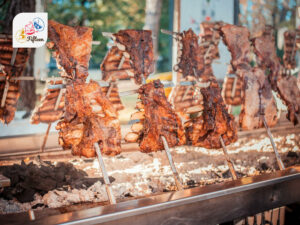
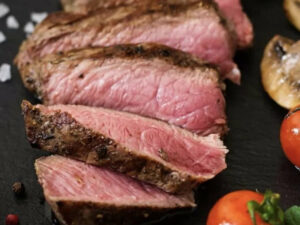
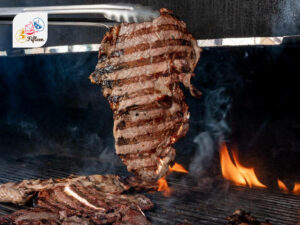




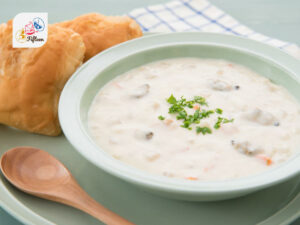
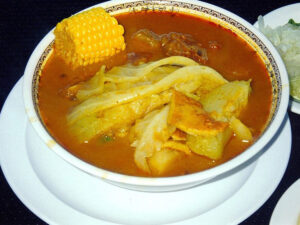
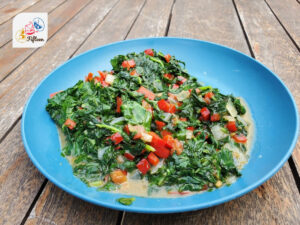
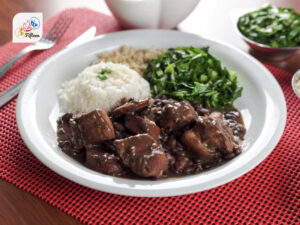
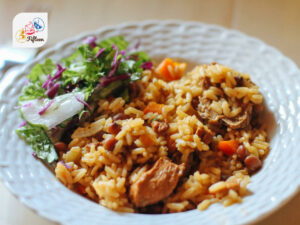
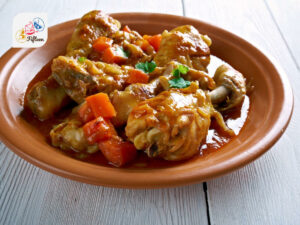
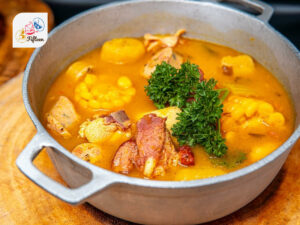


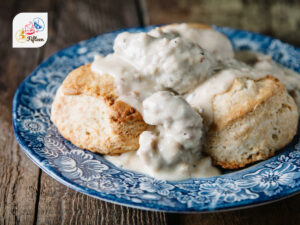

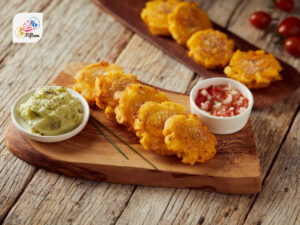
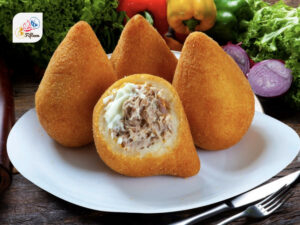
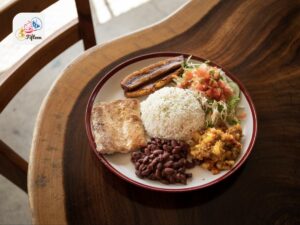
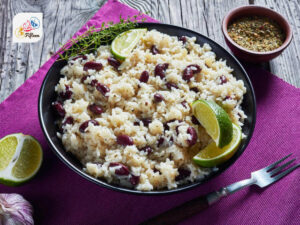
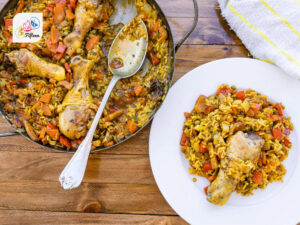


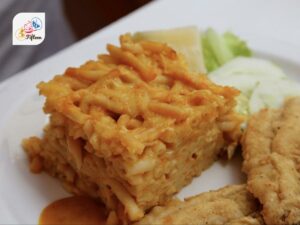




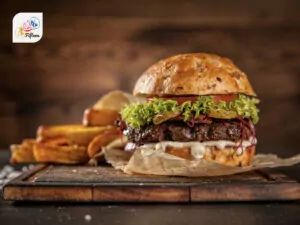

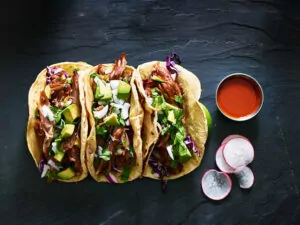
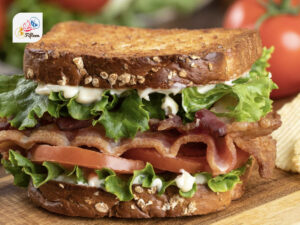
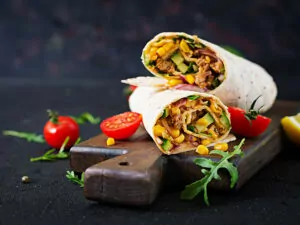
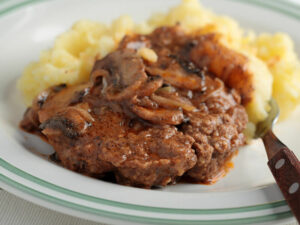

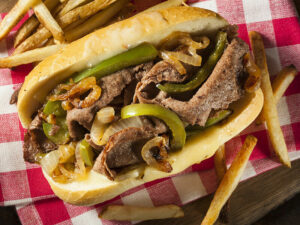
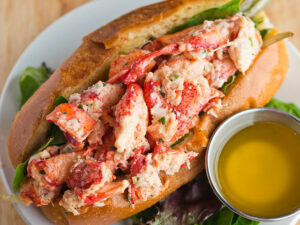
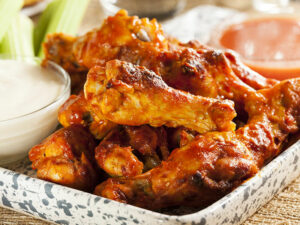

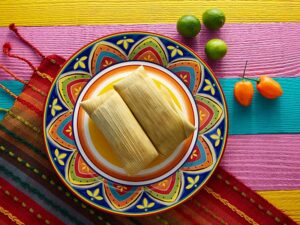

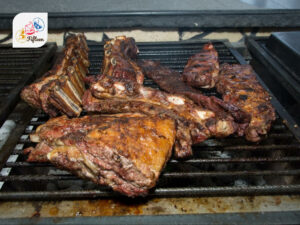
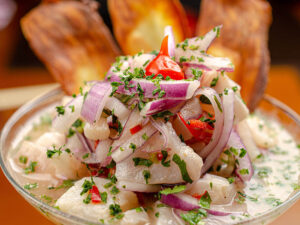
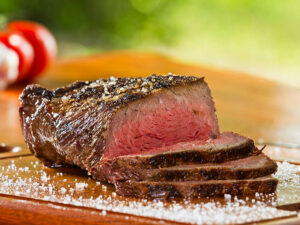
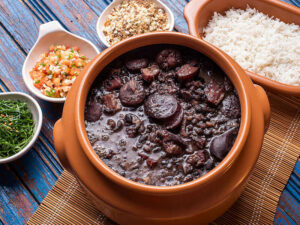
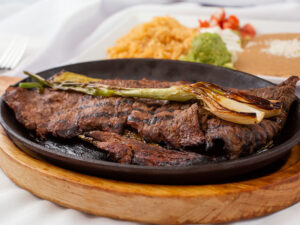
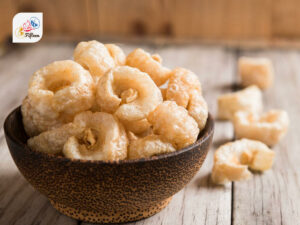




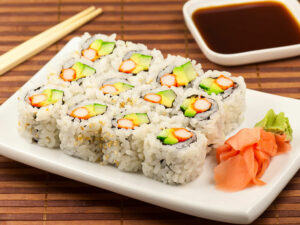
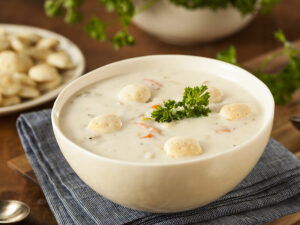

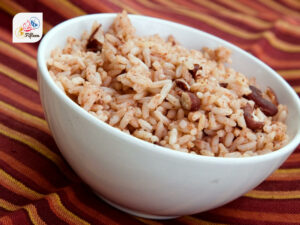
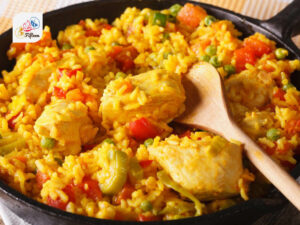
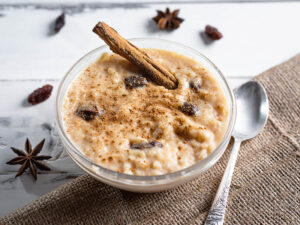

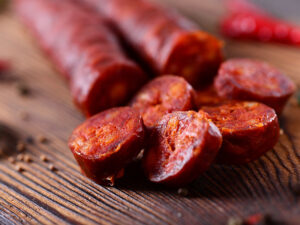
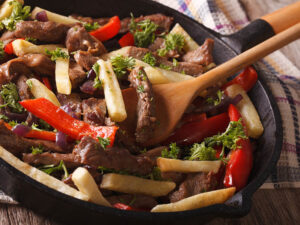
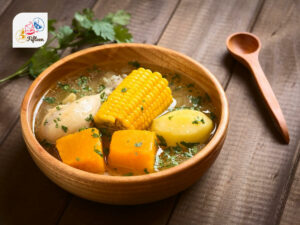



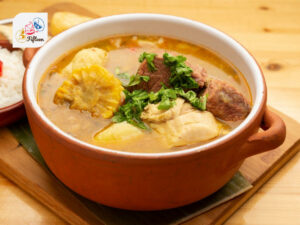
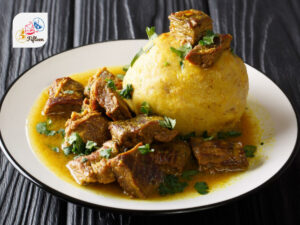
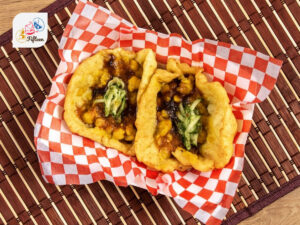
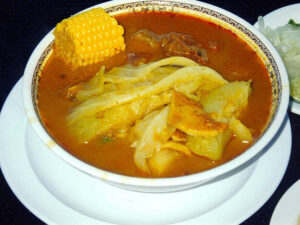
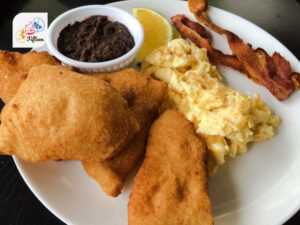
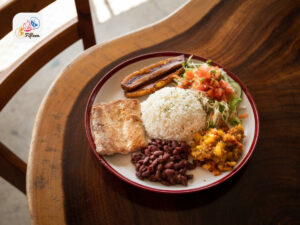
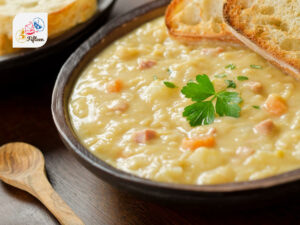
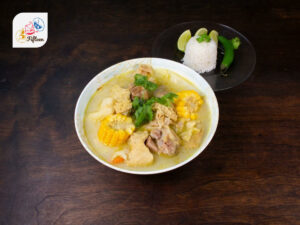

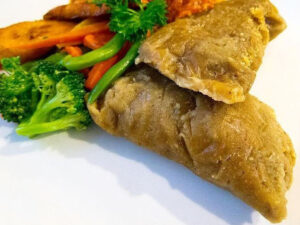

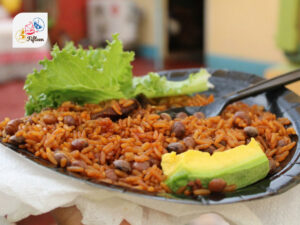
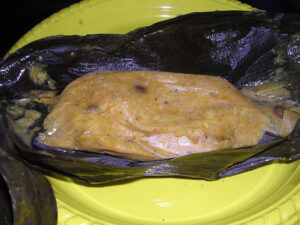

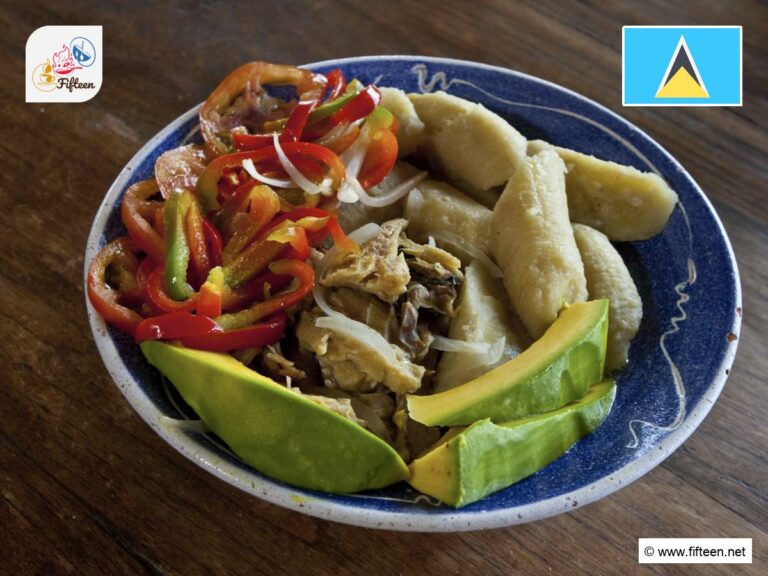

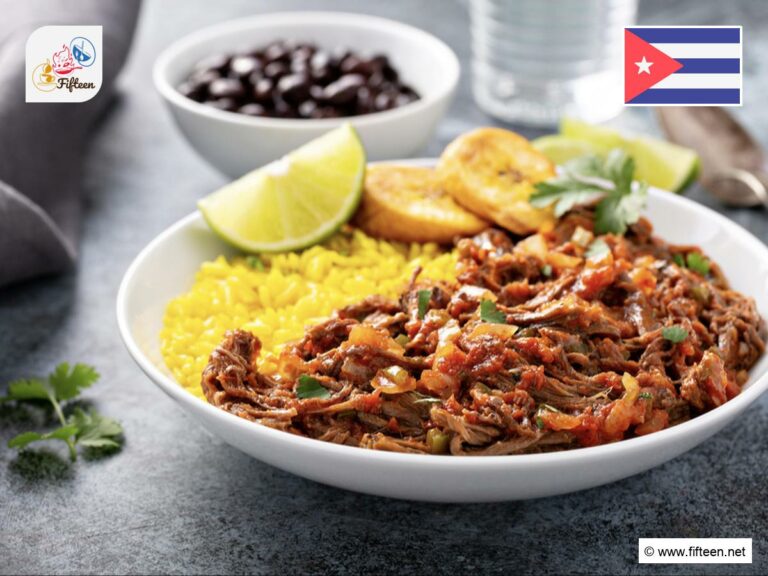
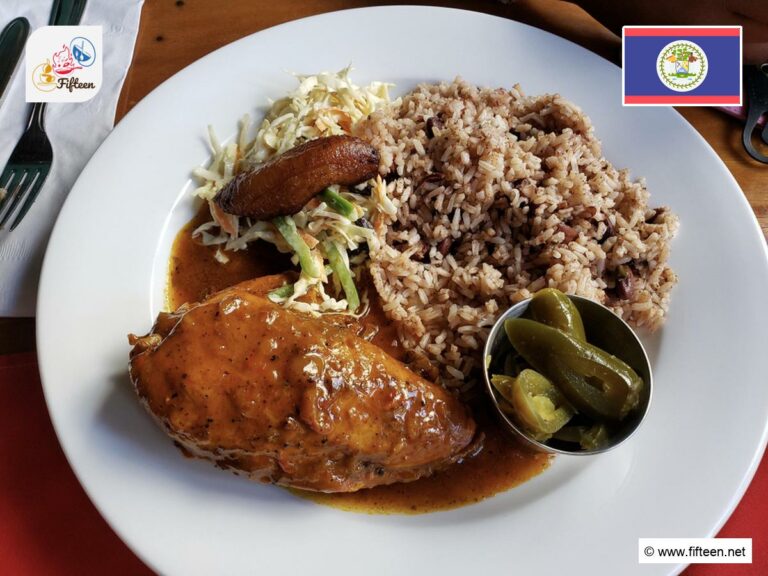
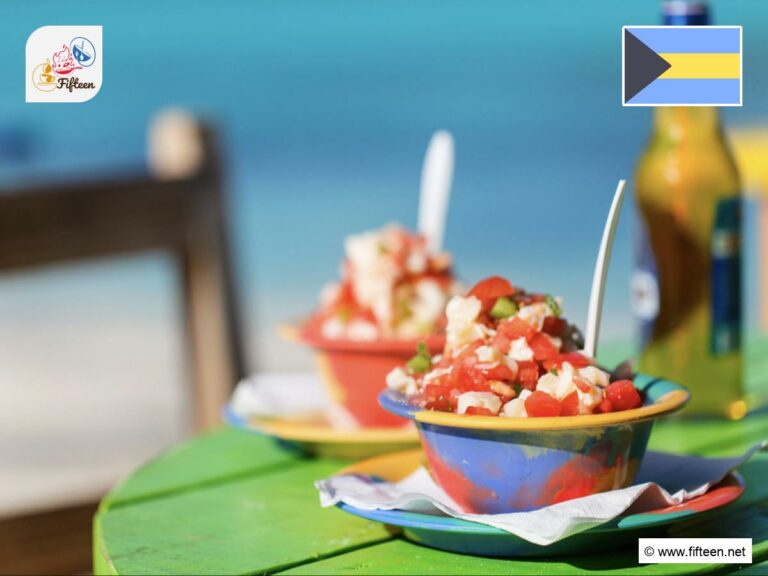
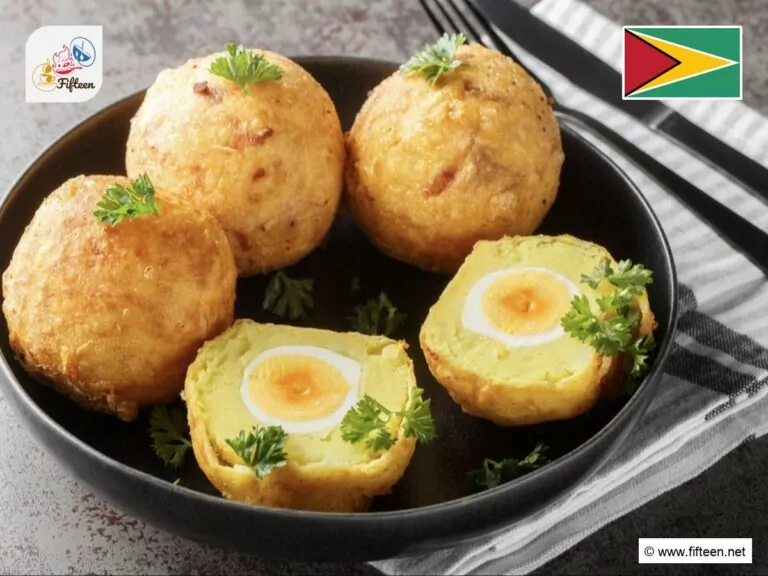
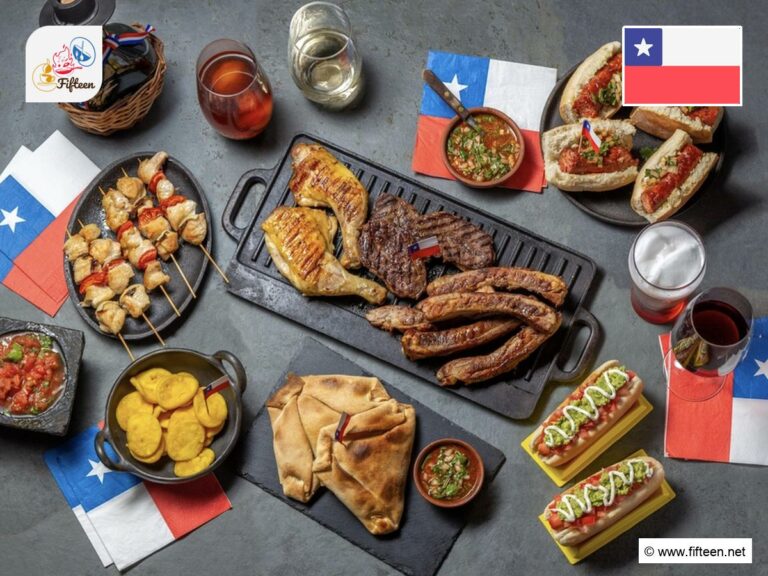
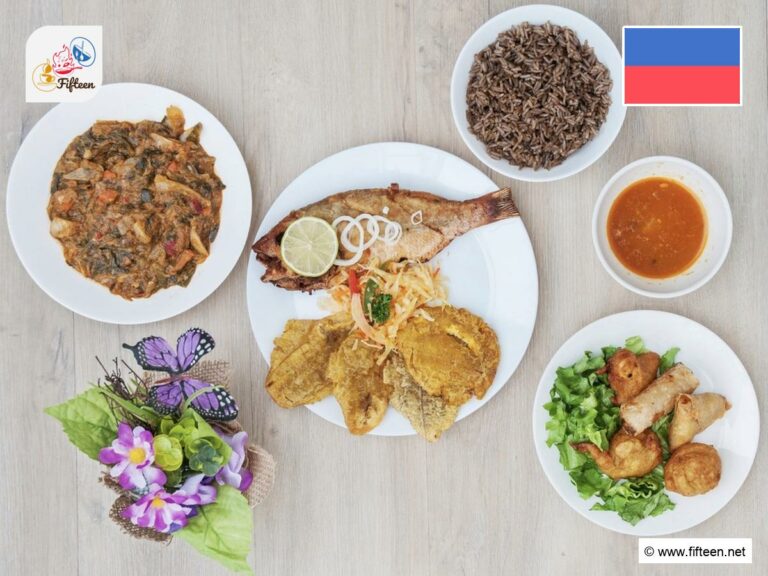
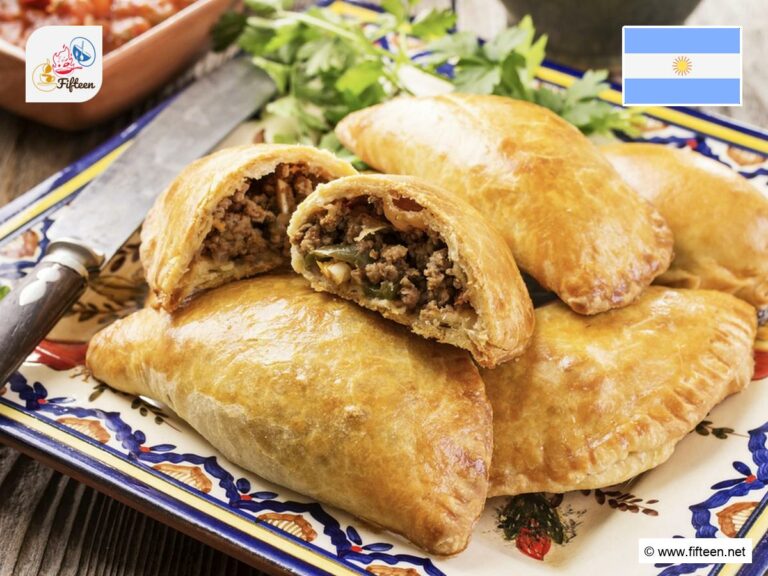
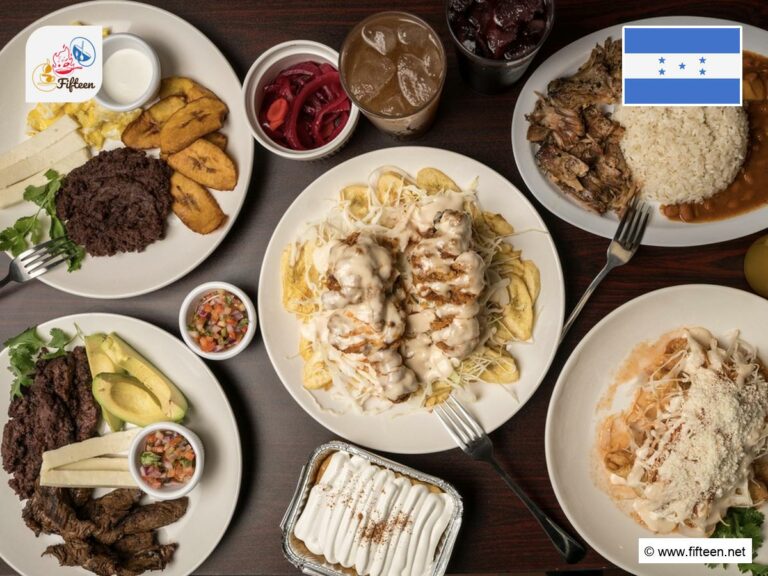
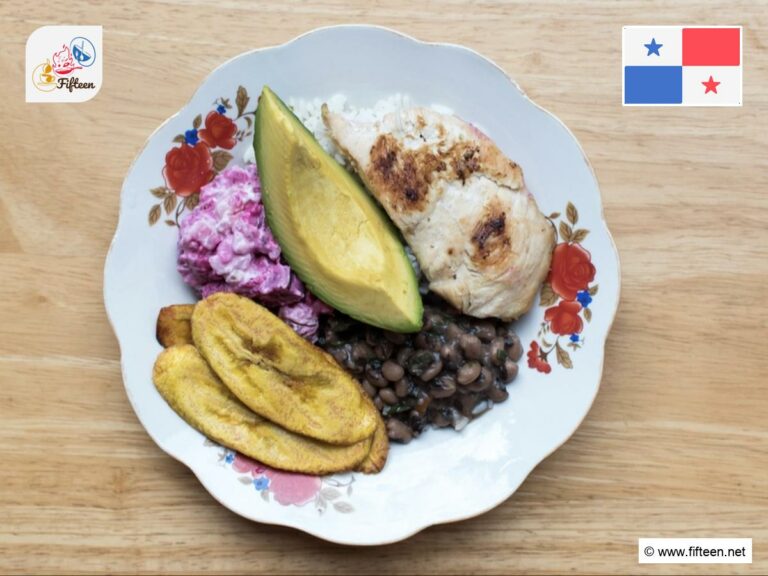
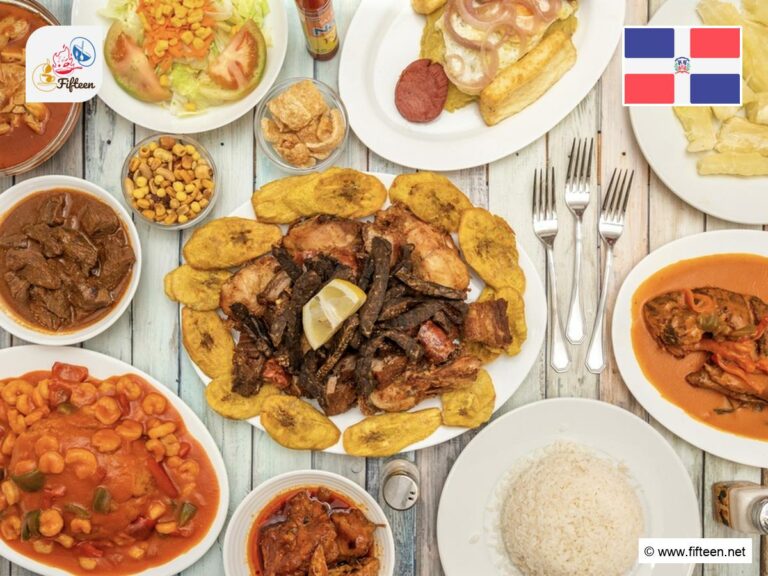
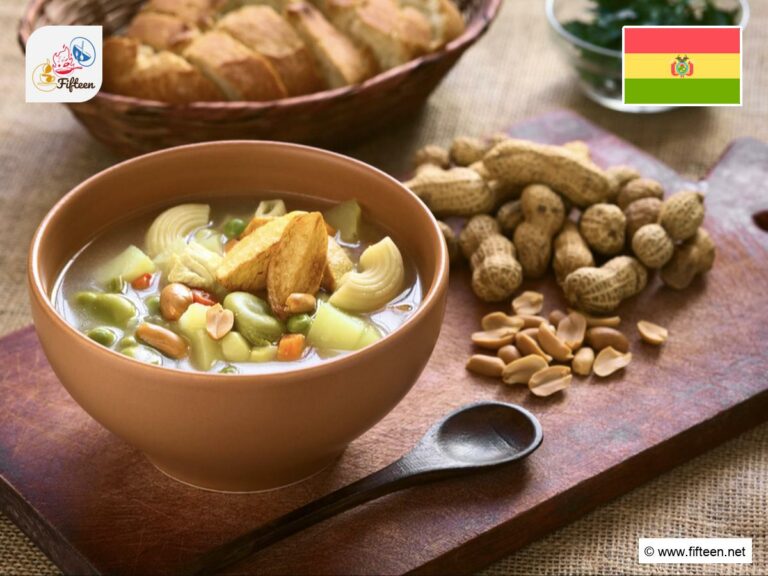

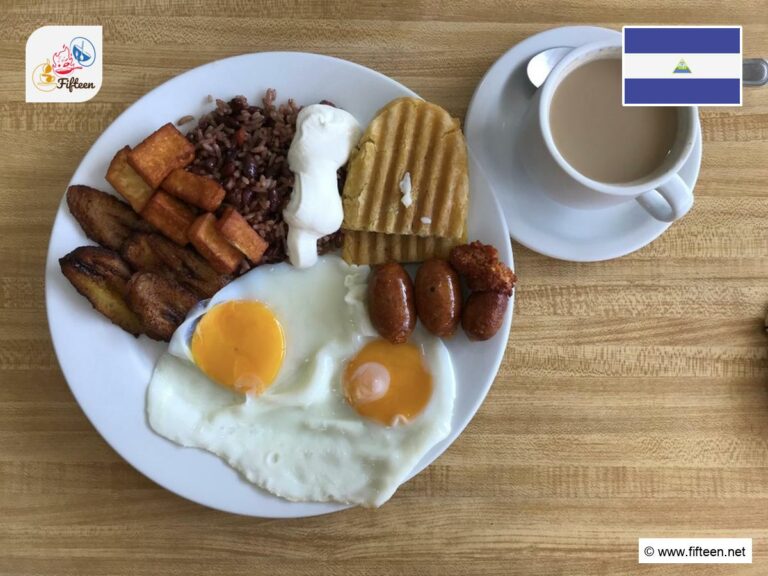
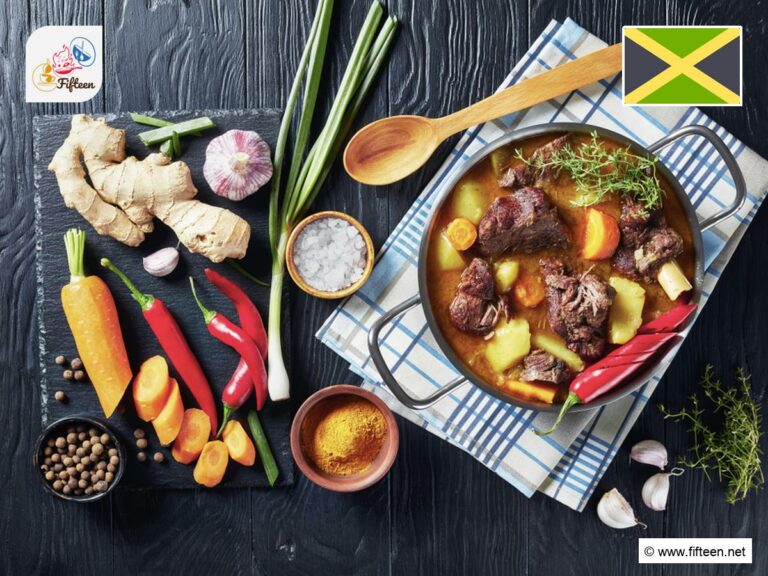
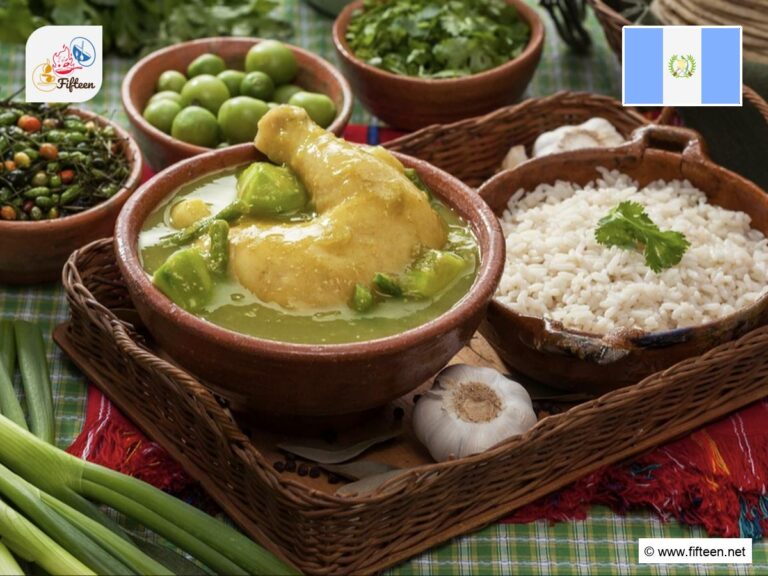
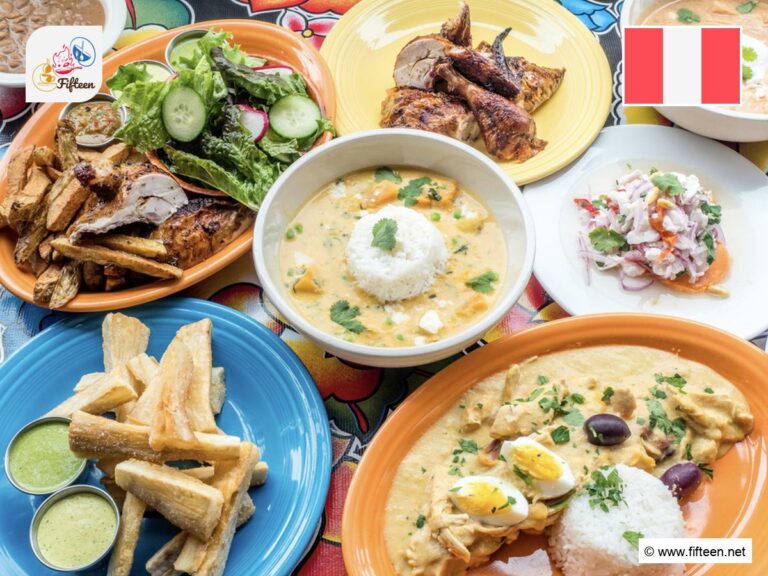
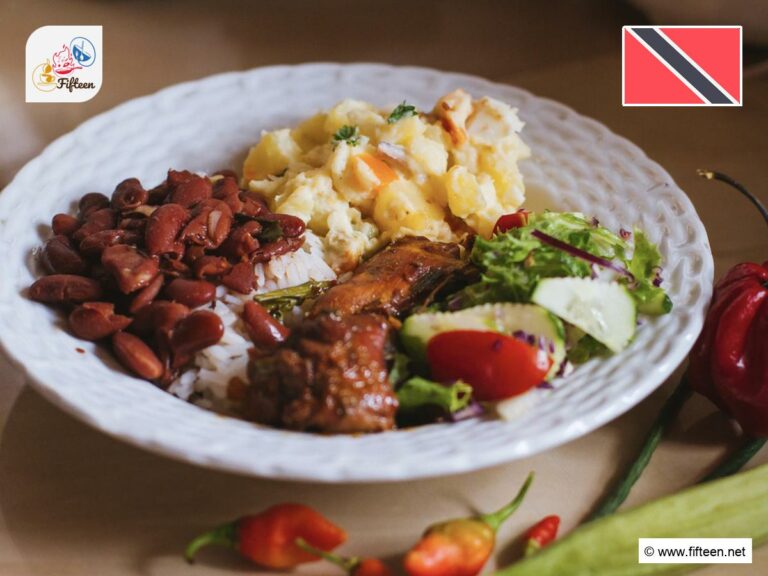
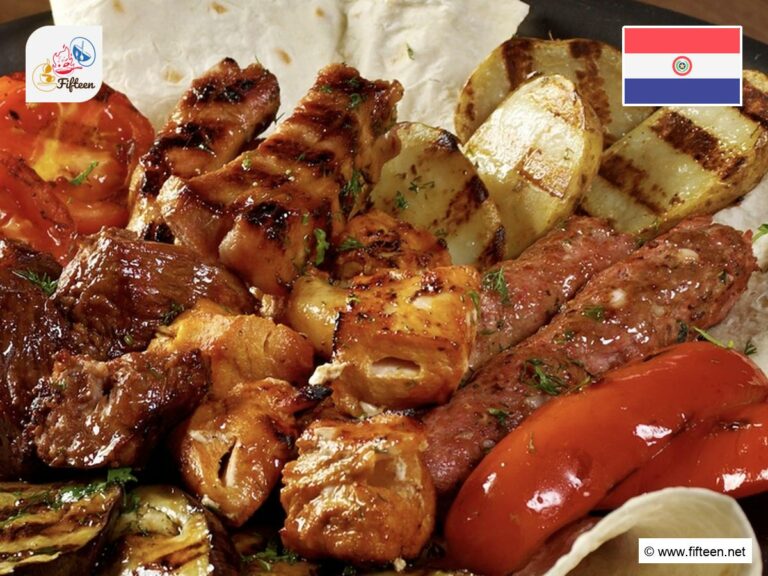
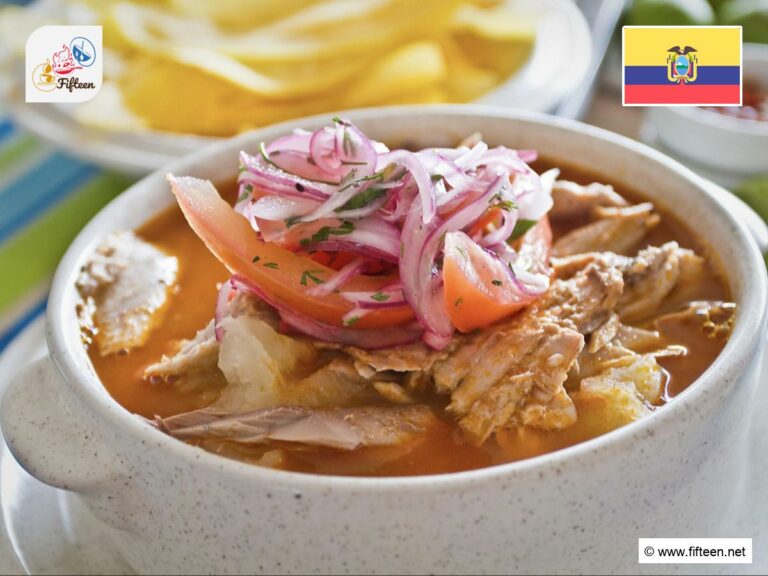
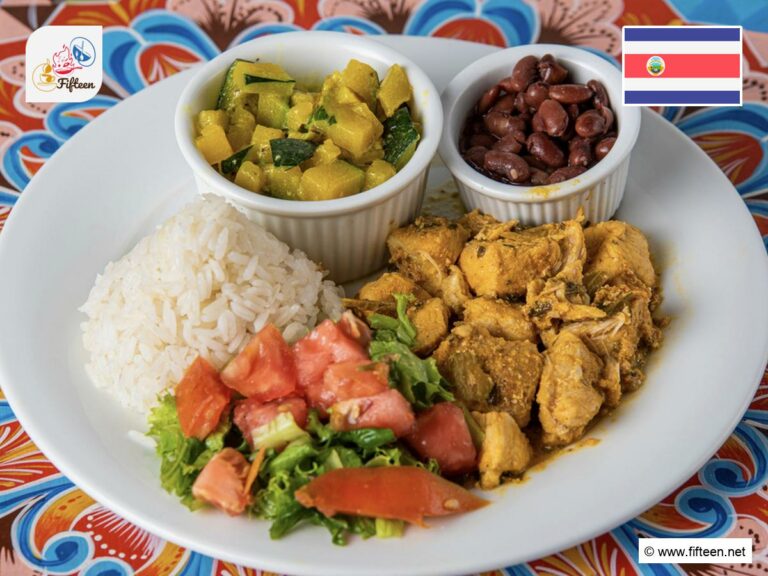
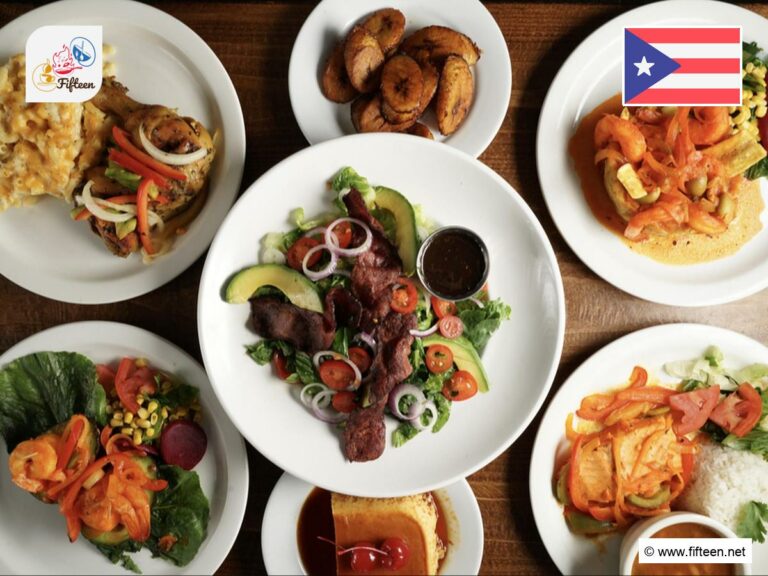
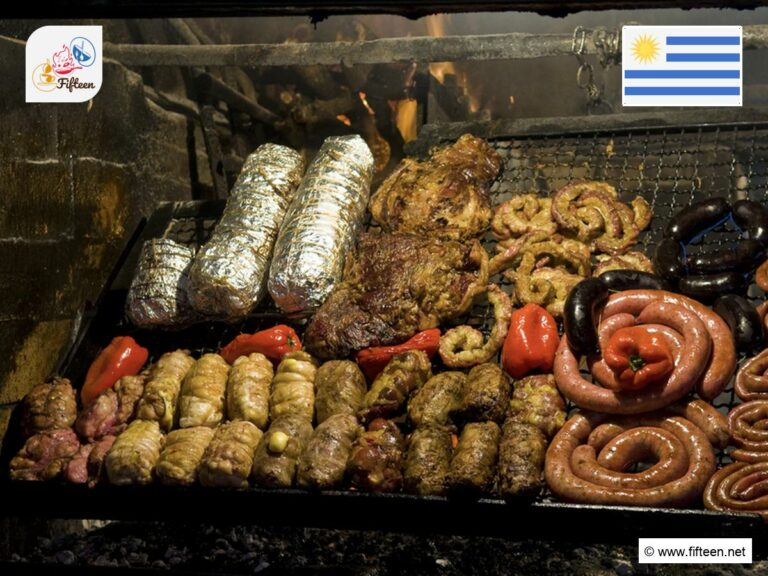
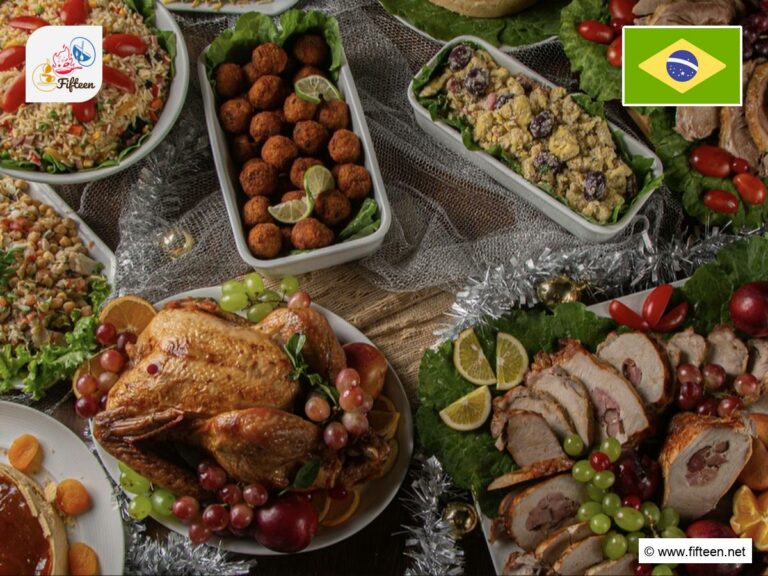
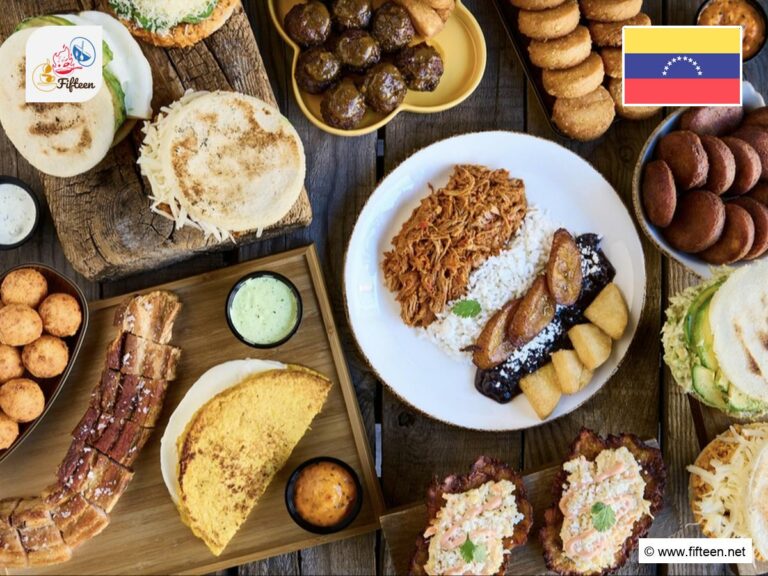
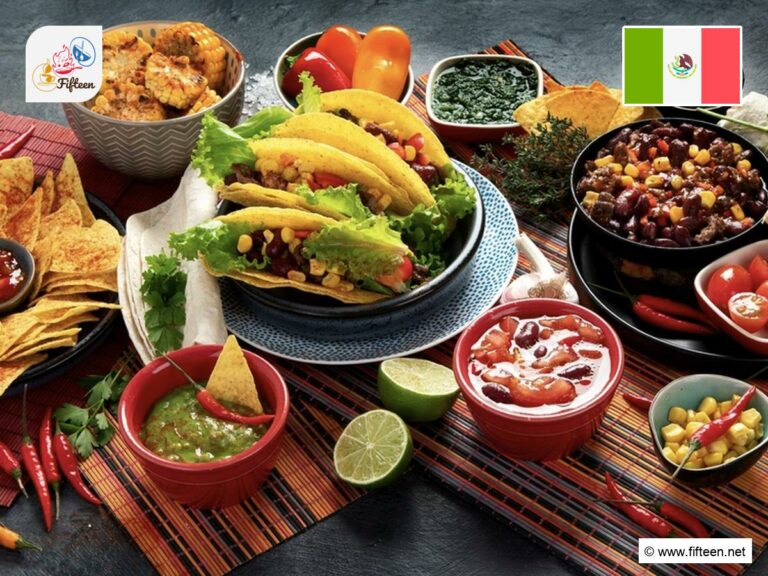
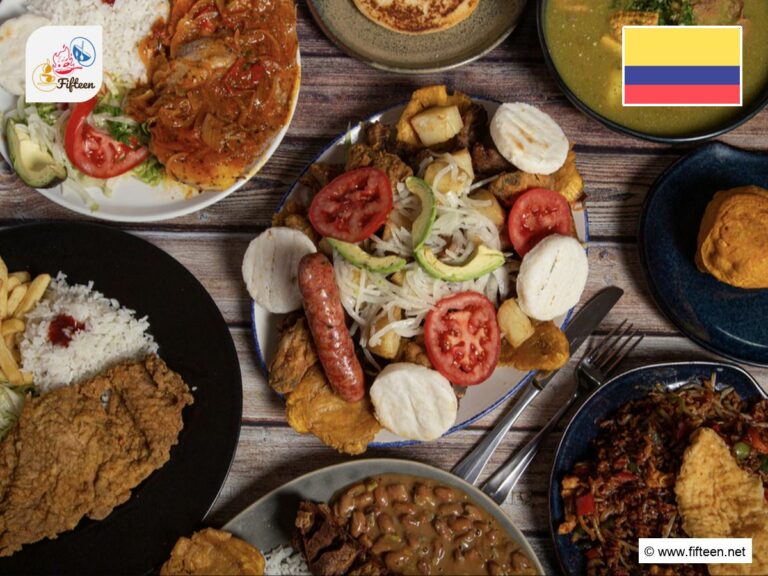
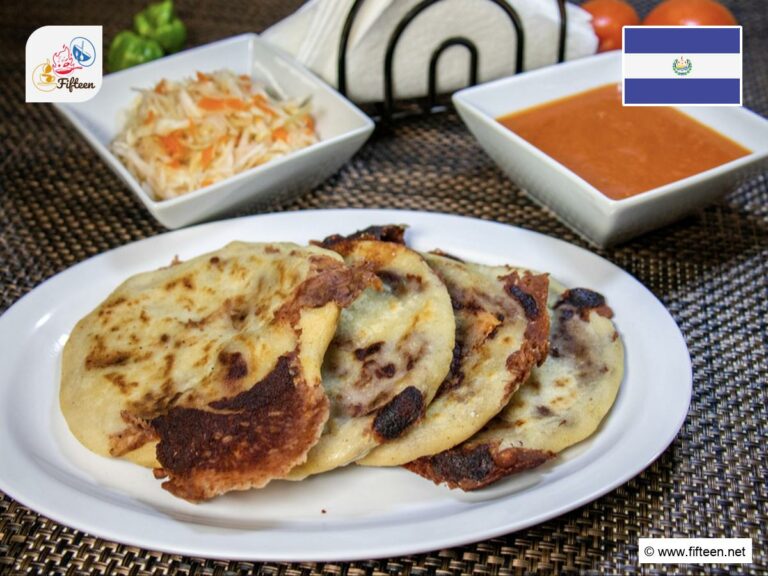
Jamie Scott
Editor in Chief, Senior Content Writer
Expertise
Home Cooking, Meal Planning, Recipe Development, Baking and Pastry, Food Editor, Cooking-video Maker, Western Food Evaluation Expert
Education
Le Cordon Bleu College of Culinary Arts
Local Community College, New York, NY
Jamie Scott is a skilled culinary expert and content creator specializing in Western cuisine. With over 15 years in the culinary field and formal training from Le Cordon Bleu, Paris, Jamie deeply understands how to blend nutrition with delicious flavors. His passion for cooking matches his commitment to making healthy eating accessible and enjoyable.
On Fifteen.net, Jamie brings a fresh perspective to classic dishes and beverages, offering readers insightful recipes, cooking tips, and a fresh view on meal planning that emphasizes taste, health, and simplicity.